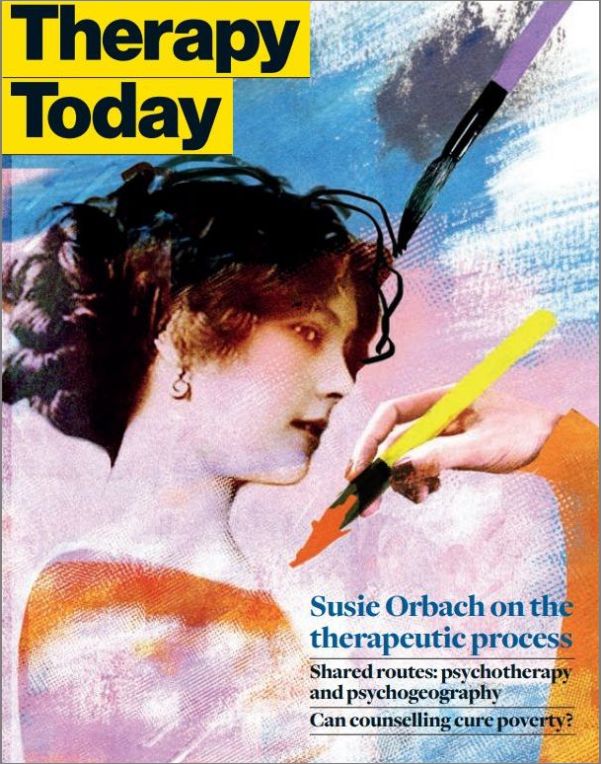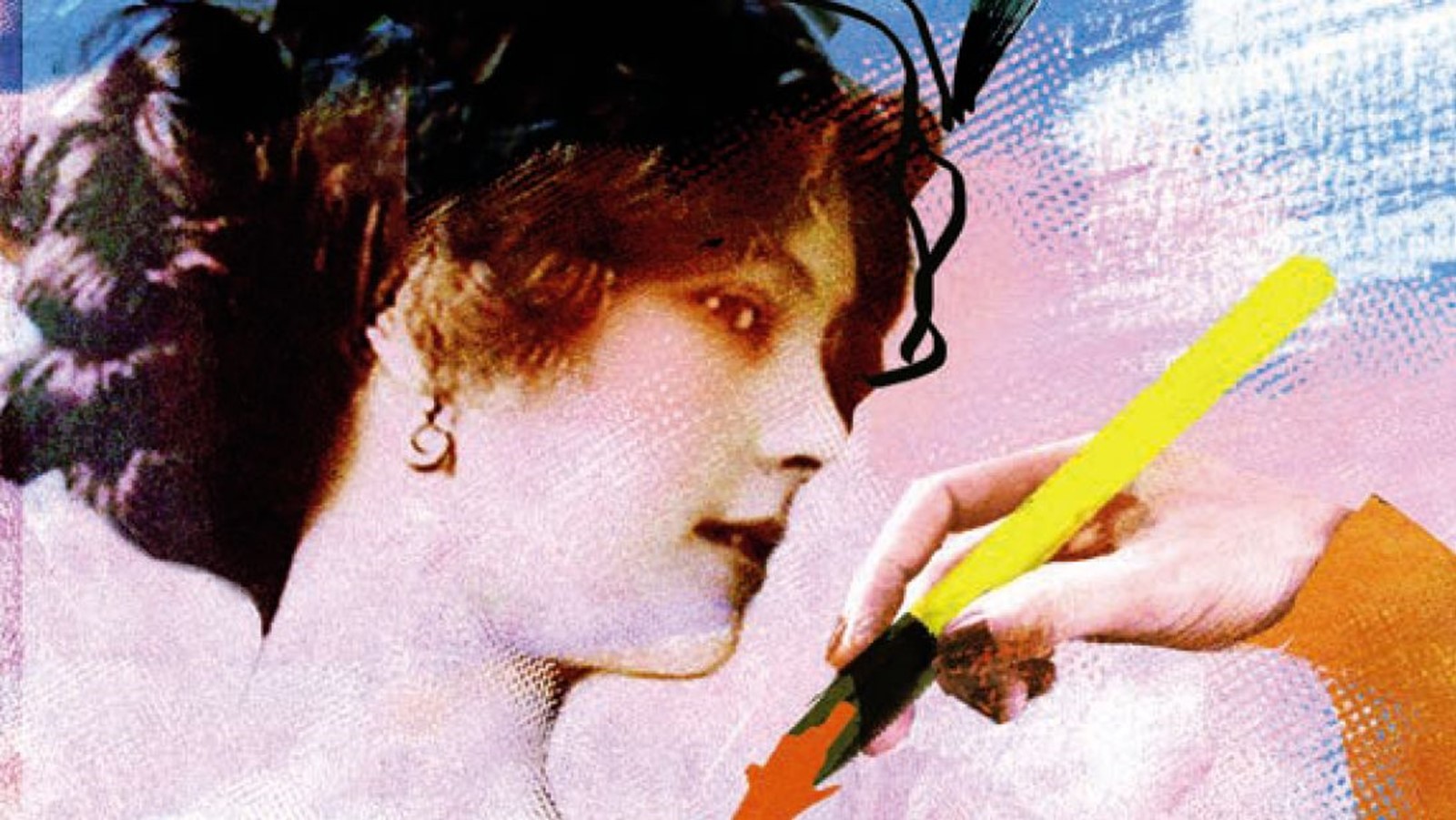In this issue
Features
The work of therapy
Susie Orbach describes what is, for her, the essence of the therapeutic relationship
Real need or real life?
Kathryn Ecclestone asks if universities have become over-sensitive to students’ emotional support needs
Healing and resilience
Manu Bazzano believes there is strength in vulnerability
Walking together
Chris Rose finds much in common in psychotherapy and psychogeography
Creative interventions in counselling practice
Sarah Baker explores the possibilities offered by creative arts in counselling
Going independent
Jayne Godward shares the highs and lows of setting up an independent counselling training organisation
Regulars
News feature: Can counselling help people in poverty (free article)
Catherine Jackson asks how counselling can help people living in poverty and financial stress

A pdf version of this issue is available from the Therapy Today archive
Editorial
Can counselling cure poverty? A deliberately provocative question, as counselling, by principle and by definition, doesn’t seek to ‘cure’ anything: the difficulties it seeks to address are (arguably) not ‘disorders’ of the kind that respond to technical intervention, but, rather, a lack of ease with self and others. But, as this month’s news feature asks, how can a counsellor, or counselling service, deliver effective therapy to someone for whom the bailiff or debt collector at the door, or their children’s need to be fed, is a more present concern than the shadow of the abusive parent in their own childhood? The contributors to the feature make some truly thought-provoking points about where the profession stands on the mental health continuum, and, indeed, if it belongs in the health service at all.
Context also features in Chris Rose’s intriguing discussion of the commonality of psychotherapy and psychogeography. Counselling often talks of the ‘client journey’; Chris’s article addresses the importance of space and place: ‘The environment is not the backdrop, but is woven through our identity.'
Elsewhere, we are delighted to be able to reprint an extract from Susie Orbach’s latest book, In Therapy, based on her Radio 4 series earlier this year. In the extract, Susie is articulating the experience of being ‘in therapy’ for both the client and the therapist. She describes the co-creative process of therapy as having an ‘aesthetic’, of being ‘a practice, like the work of painting, or writing, or composing, or dancing’. Sarah Baker picks up the theme in her exploration of the use of arts materials in counselling to help clients give their emotions form. Therapy as an art or science? That debate continues in our letters pages.
The letters pages also include some thoughtful responses to last month’s article on gender identity. These writers worry that we, as a society, are moving too quickly from understanding and acceptance to medical intervention in response to children and young people’s sense of being born in the ‘wrong’ body. I hope readers’ responses will be no less thoughtful and respectful of difference.
Catherine Jackson
Editor
